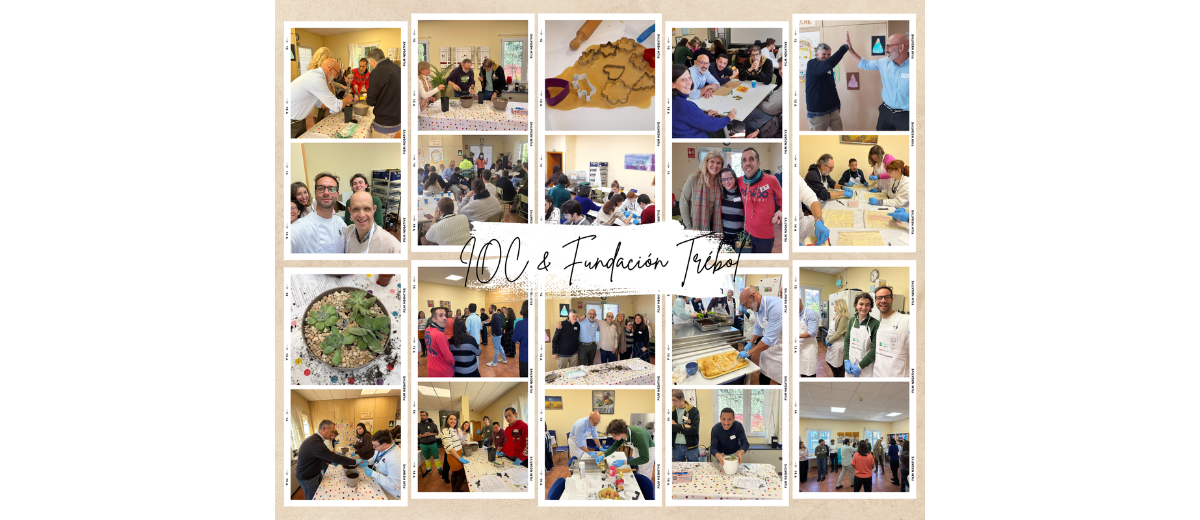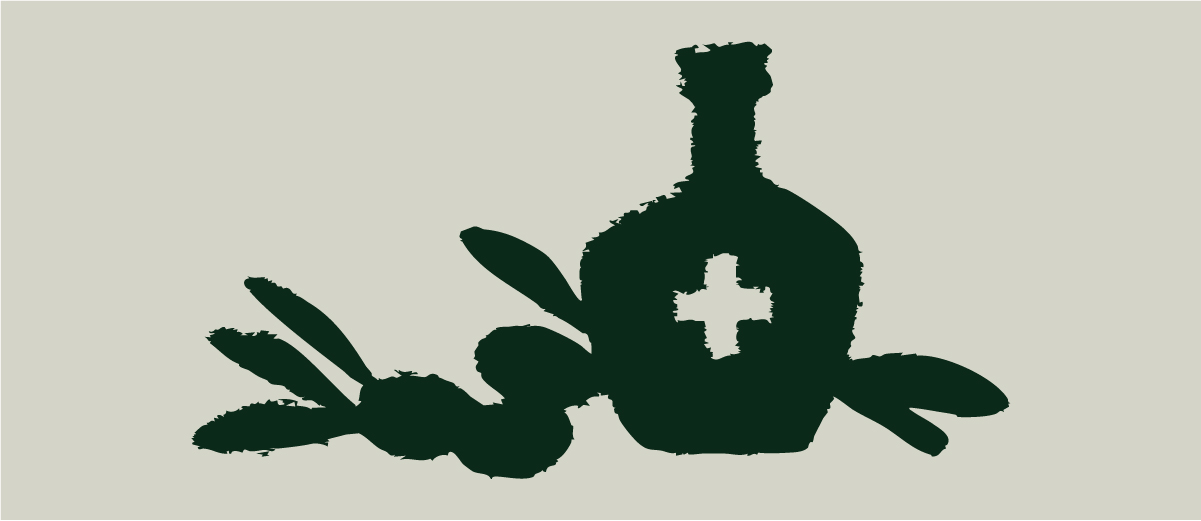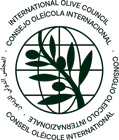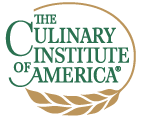According to the estimates of the International Olive Council (IOC), the data for the 2020/21 crop year, albeit provisional, put production at 3 034 000 t, down 6.9% compared to the previous crop year. Consumption, on the other hand, is expected to do better, at around 3 211 000 t (-0.2%). Imports are expected around 1 074 000 t (-9.3%), while exports are expected to reach 1 132 000 t, down 8.8% from the previous year.
Leading the way in production are the IOC member countries, which alone will produce 2 834 000 t, or 93.4% of the world total, in the 2020/21 crop year. European production is set to stand at 2 057 000t, up 7% from the previous year. Leading the EU group is Spain, which is expected to record a 24.4% increase, with an estimated production of 1 400 000 t. This is followed by Italy with 270 000 t (-26.2%), Greece with 270 000 t (-1.8%), and Portugal with 100 000 t (-28.8%).
Production in the other member countries is expected to total 777 000 t (-32,4%). In Tunisia, production is expected to reach around 140 000 t (-68.2%), followed by Turkey with 210 000 t (-8.7%), Morocco with 160 000 t (+10.3%) and Algeria with 90 000 t (-28.7%).
A further 200 000 t is expected from countries not yet members, namely Syria, Australia and Chile.
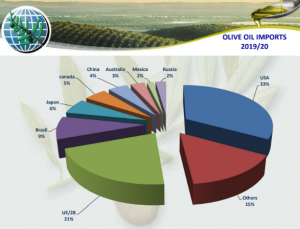 IMPORT 2020/2021
IMPORT 2020/2021
In the yellow jersey for imports is the United States with 33% of the total product imported in the 2020/21 crop year. This is followed by the EU with 21%, Brazil with 9%, Japan with 6%, Canada with 5%, China with 4%, and Australia with 3%, Mexico and Russia with 2%, and other countries with 15%.
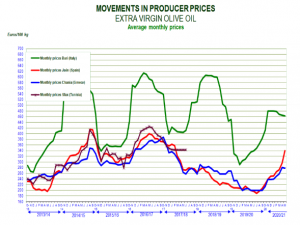 PRICES
PRICES
Prices also fell in the first part of the crop year, ranging from €480/100kg in Bari (Italy) to €200 in Chania (Greece).
For more information, click on the link below:https://www.internationaloliveoil.org/what-we-do/economic-affairs-promotion-unit/#prices
Campagne 2020/21 : la production en baisse mais la consommation est stable
À partir des estimations du COI, lumières et ombres d’une campagne qui marque la reprise après la pandémie mondiale. Consommation stable, production en baisse. La tendance des prix reflète les oscillations entre l’offre et la demande.
Madrid, 5 juillet 2021 – Selon les estimations du Conseil oléicole international, bien qu’avec des données provisoires, la production mondiale de campagne 2020/21 atteindrait 3.034.000 t, soit une baisse de 6,9% par rapport à la campagne précédente. La consommation, en revanche, se situerait autour de 3.211.000 t (- 0,2%). Les importations atteindraient 1.074.000 t (- 9,3%), alors que les exportations diminueraient de 8,8% par rapport à la campagne précédente, à 1.132.000 t.
En tête de la pole position en matière de production lors de la campagne 2020/21, se trouvent les pays membres de l’Accord international de 2015 sur l’huile d’olive et les olives de table du COI, qui produiraient à eux seuls 2.834.000 t, soit 93,4% du total mondial. La production du groupe des pays européens se situerait à 2.057.000 t, en hausse de 7% par rapport à la campagne précédente. Le groupe européen est mené par l’Espagne, qui enregistrerait une augmentation de 24,4%, avec une production estimée à 1.400.000 t ; suivie de l’Italie, avec 270.000 t (- 26,2%) ; de la Grèce, avec 270.000 t (- 1,8 %) ; et du Portugal, avec 100.000 t (- 28,8 %).
La production des autres pays membres du COI devrait atteindre 777.000 t (- 32,4%). En Tunisie, la production serait d’environ 140.000 t (- 68,2%), en Turquie de 210.000 t (- 8,7%), au Maroc de 160.000 t (+ 10,3%) et en Algérie de 90.000 t (- 28,7%).
On s’attend à ce que 200.000 t supplémentaires proviennent de pays qui ne sont pas membres du Conseil oléicole international, notamment de Syrie, d’Australie et du Chili.
IMPORTATIONS 2020/21 – Les États-Unis portent le maillot jaune des importations, contribuant à 33% du total des produits importés au cours de la campagne 2020/21, avant l’UE (21%), le Brésil avec 9%, le Japon avec 6%, le Canada avec 5%, la Chine avec 4%, l’Australie avec 3%, le Mexique et la Russie avec 2%. Les autres pays contribuent aux 15% restants.
PRIX – Les prix, qui ont également baissé durant la première partie de la campagne oléicole, se situent entre 200 €/100 kg à La Canée (Grèce) et 480 € à Bari (Italie).
Pour plus d’informations :
https://www.internationaloliveoil.org/what-we-do/economic-affairs-promotion-unit/#prices





